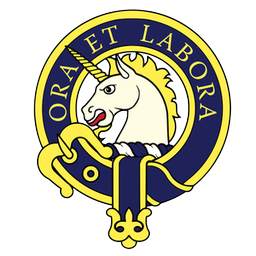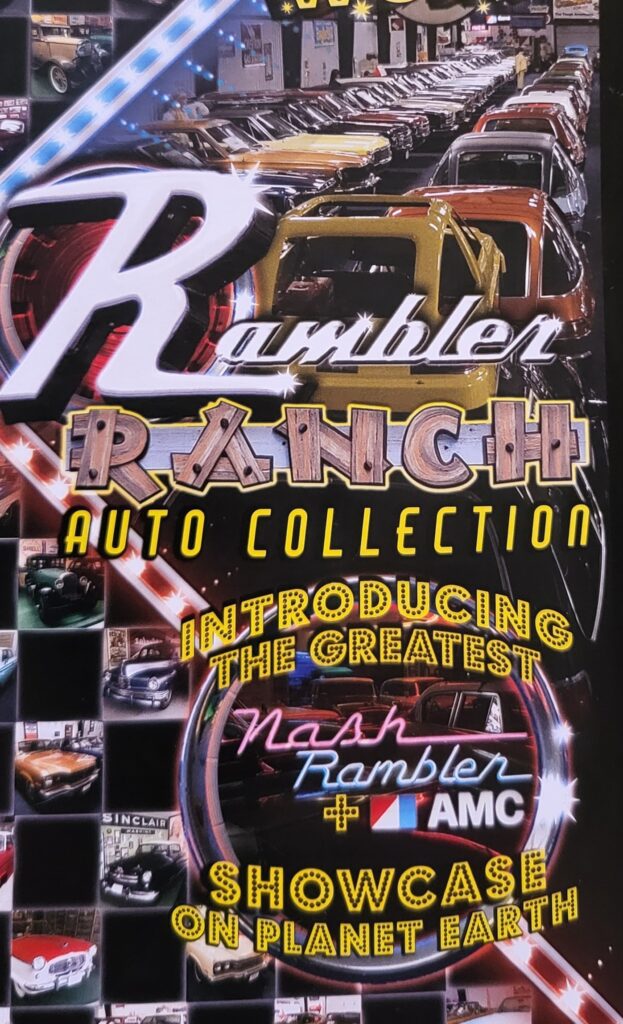Solo Piping & Drumming Competitors, please click here.
A Brief History of the Scottish Highland Bagpipes
-Assembled by Neil Gillette 2/2019
Consider the following statement: The bagpipes were not invented in Scotland, but the Scots took them and “perfected” them. As it turns out, Scotland may well be the last “old world” country to get bagpipes. Yet, the bagpipes we see at the festival is the type known as “The National Instrument of Scotland.” When people think of bagpipes, they do connect them to Scotland. How did this come to be?
The pipes (shorthand for “bagpipes), probably originated in the “fertile crescent–which includes present-day Egypt, the Eastern Mediterranean coast (the “Levant”—present-day Israel, Jordan, Lebanon, and Syria), plus Turkey and Iraq. Then they spread to the northwest (to Europe) and east (to India and Asia). In these warm areas, especially along the great rivers, like the Nile, reeds and cane and bamboo grow in abundance. Reeds provided materials to make shelters (huts), rafts and boats, papyrus as the first “paper,” and, the sound-making part of “reed” or woodwind instruments. How many children have put together two blades of broad grass to make a whistle? This was probably the beginnings of a bagpipe—it starts with a reed. Air goes through an opening and makes a piece (or two pieces) of stiff grass vibrate: That makes the sound.
Over hundreds of years, and a lot of “cut and try” experimentation, there evolved two types of sound-making “reeds”: A single-reed and a double-reed. Both types are used on the Scottish Highland Bagpipes (officially: The “Great Highland Bagpipe”). The single-reed is used for the “drone” reeds (in the “drones”—those pipes that lean against the shoulder), the double-reed is used in the melody-making part of the pipes, called a “chanter” (which the hands hold, the fingers covering the holes).
Every country in Europe have their own bagpipes, but, over time, most have faded away. They were often viewed as a “pastoral” instrument—that is, they were played outside, not indoors. Often shepherds played the pipes while watching over their flocks. In most cases, the reed-pipe was soft (not loud) and mellow. The sheep were mellow and at peace.
Scotland, however, was (and is) different. By the time the pipes came to Scotland, around the early 1400s, the instrument was louder, and not so mellow; indeed, it was strident, insistent, and appealed to the bold, warrior culture of the Highland Clans. The bagpipe could be heard over the sounds of battle.
As families (clans) and communities created fortified places to protect themselves and their land—there may have been over a thousand castles in Scotland—pipers began to be “hired” by the clan in an official capacity. A clan piper was given land, rent-free, in exchange for their services. They were expected to entertain in times of peace, perform at any and all ceremonies (especially weddings, funerals, and other special events), and march with the Clan when it went to war. A clan’s reputation was not only measured by its size or the greatness of its castles and lands but, also by chief’s “household” (or staff)–this always included the renown of its clan piper. As time went on, certain families of pipers became famous as performers, teachers, and composers.
From the late 1500s to the early 1800s was the era of the Clan Piper, sometimes called “the Golden Age of Piping.” This coincided with a family named MacCrimmon, who were pipers to Clan MacLeod (“Mac-Cloud”). They were considered the best of a very good number of great “piping families.” The music that they developed is different from what we might commonly associate with the bagpipes, which are foot-tapping marches. Instead, the music of that era was long and slow, full of nuance, and also, full of meaning and history. That music is now called “piobaireachd” (pronounced “pea-brook”, which means “pipe music” in Scots Gaelic). Like the epic poetry that maybe inspired it, it’s like a story being told on a long winter’s night. It’s a theme-and-variation type of music that can run as long as fifteen minutes. To the person who learns to listen, this is considered the top of the art in pipe music.
Other great piping families included the MacArthurs (pipers to the MacDonalds), the Rankins (pipers to Clan MacLean (“Mac-Clean”)), and the MacKays (pronounced “Mac-Kie”), Campbells, Frasers, MacGregors, and Stewarts. In the 1800s, the Camerons and the MacPhersons were renowned. When the first bagpipe competition started, in 1781, near Falkirk, there were eleven pipers. Now, there are over 150 Highland Games in Scotland, and around that many in North America (there are seven in Colorado).
Solo pipers now compete in several different events, besides piobaireachd. The events are based on the different types of music: marches, slow marches, and dance-style tunes (like the strathspey, the reel, the hornpipe, and the jig). Pipers are divided by ability-level: Grade 5 are beginners, through to Grade 1 (advanced). All music is memorized. At this festival, we celebrate the piping tradition with Scotland that reaches back over six centuries. The names of tunes tell of people and places and events that help the Scots remember their past and keep history alive.







